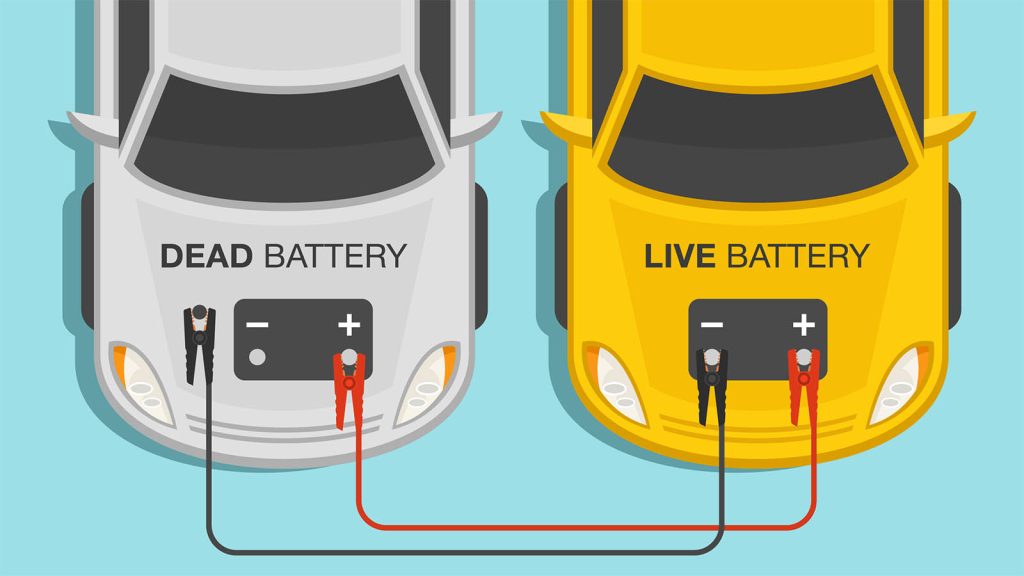
How to Jump-Start a Car Battery: A Complete Guide for Drivers
One of the most common challenges any driver might face is a dead car battery—especially during cold weather or when the battery is overdue for replacement. In such situations, jump-starting the battery is one of the quickest and most effective solutions. However, performing this procedure incorrectly can damage the vehicle’s electrical system or even cause hazards like fire. Below, you’ll find the proper steps and safety tips for jump-starting a car battery.
Tools Needed
-
A set of good-quality jumper cables with sturdy clamps
-
A helper vehicle with a healthy battery and matching voltage (usually 12 volts)
Steps to Jump-Start a Car Battery
-
Turn off both vehicles
Make sure both cars are completely turned off and the keys are removed. Turn off all lights and electrical accessories to prevent sparks. -
Connect the positive (red) cable
Attach one end of the red positive cable to the positive terminal of the dead battery. Connect the other end to the positive terminal of the healthy battery. -
Connect the negative (black) cable
Attach one end of the black negative cable to the negative terminal of the healthy battery. Instead of connecting the other end to the negative terminal of the dead battery, attach it to an unpainted metal part of the dead vehicle’s engine block or chassis (such as a bolt). Never connect it directly to the dead battery’s negative terminal, as this can cause sparks or explosion. -
Start the helper vehicle
Start the car with the healthy battery and let it run for 2 to 5 minutes to transfer initial charge to the dead battery. -
Try to start the dead vehicle
Attempt to start the car with the dead battery. If it doesn’t start, wait a few more minutes and try again. Avoid prolonged or repeated attempts to prevent damage. -
Disconnect the cables in reverse order
Once the dead vehicle starts, carefully remove the cables in this order:-
Negative cable from the engine block or chassis of the jump-started car
-
Negative cable from the healthy battery
-
Positive cable from the healthy battery
-
Positive cable from the previously dead battery
-
Important Safety Tips
-
Never connect or disconnect cables while the vehicles are running.
-
Keep cables away from moving engine parts such as belts or fans.
-
If the battery shows signs of leakage or a foul smell, do not attempt to jump-start it.
Conclusion
When done correctly, jump-starting a car battery can be a quick and effective way to get a stalled vehicle running again. Following the correct cable connection order, using proper tools, and observing safety precautions are essential. If you’re inexperienced or suspect serious battery issues, it’s always best to seek professional assistance.
